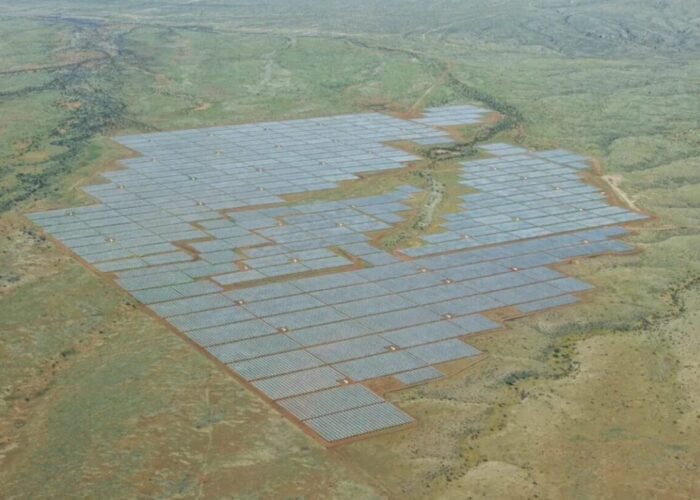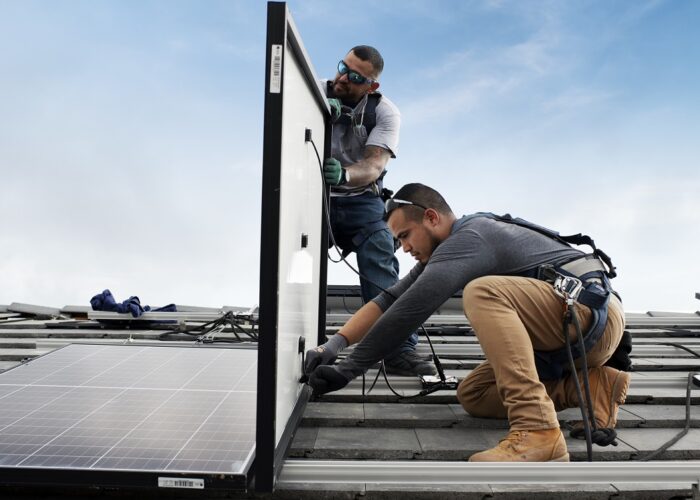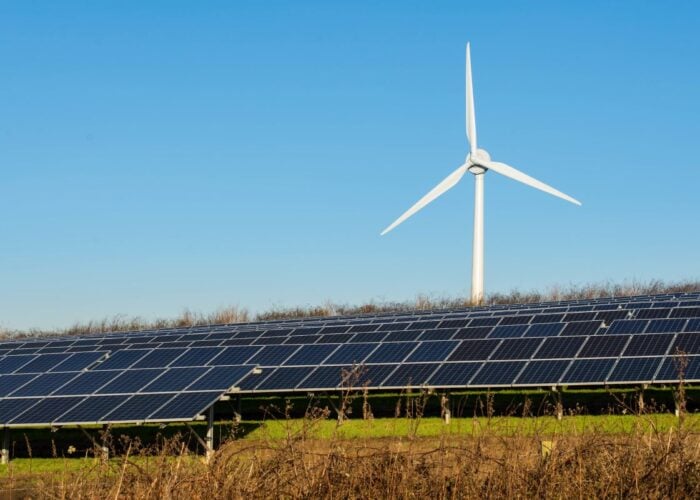
US solar representatives have slammed discrimination of all forms in the wake of the latest racism controversy, with figures showing low diversity continues to plague the wider industry.
The actions described in the new class-action against PV player Momentum Solar are “contrary to the core values and beliefs” of the Solar Energy Industries Association (SEIA), said Abigail Ross, CEO of the trade body.
Unlock unlimited access for 12 whole months of distinctive global analysis
Photovoltaics International is now included.
- Regular insight and analysis of the industry’s biggest developments
- In-depth interviews with the industry’s leading figures
- Unlimited digital access to the PV Tech Power journal catalogue
- Unlimited digital access to the Photovoltaics International journal catalogue
- Access to more than 1,000 technical papers
- Discounts on Solar Media’s portfolio of events, in-person and virtual
“The company named in this case will have to speak for itself, but let us be very clear: all forms of racism and discrimination are abhorrent and intolerable … We reject acts of hatred of any kind,” Ross told PV Tech when contacted in the past few hours.
Her words follow formal accusations on 6 May of workplace racism within Momentum Solar, a residential PV specialist servicing installations in New York, Texas, California and other states with a workforce of over 1,200.
In filings before US federal courts, six black former employees allege being subjected to frequent racial abuse from white staff at a New York warehouse. The 46-page class-action, brought by law firm Wigdor LLP, claims black workers were paid less, assigned “less desirable” jobs and in cases fired when complaining of discrimination to managers.
Momentum Solar had not responded to PV Tech’s questions by the time this article was published but in statements aired by the New York Times and others, the firm vowed to “vigorously defend” claims it said have “no basis in law or fact”. The six complainants were terminated for “legitimate, non-discriminatory reasons”, the company argued.
White male dominance among senior executives
The Momentum Solar controversy, following similar legal action against Vivint Solar last year, erupted just hours before the SEIA released figures underscoring the extent of solar’s diversity problem.
Together with The Solar Foundation (TSF), the association surveyed hundreds of employers and employees and estimated that women accounted for 26.3% of the industry’s 242,000-strong workforce last year, while Hispanic or Latino (16.9%) Asian (8.5%) and African American (7.6%) staff of all genders were less represented. At a respective 88% and 80%, the dominance of white and male employees was even more pronounced at the senior executive level.
Whilst 71% of all surveyed felt valued overall, the outlook soured when drilling down into working conditions. Polled women made 74 cents for every dollar earned by men; they were less likely to report satisfaction with their salary and role or a belief they had climbed up the career ladder.
Hiring practices could, the study suggested, partly be the culprit of low diversity levels. According to the document, solar’s reliance on professional and personal networks puts people of colour – less likely to benefit from such a prior connection – at a disadvantage. Non-white women feel, in particular, they are asked to evidence their competence to an extent not faced by other demographics.
A recipe to improve the track record
As the SEIA was keen to stress, the solar industry is hardly alone in facing diversity issues. However, the pressure to embrace what CEO Ross describes as a “cultural change” is likely to tighten as the fast-growing sector surges to become a mainstream employer in the US, Australia and others.
Again joining forces with TSF, the trade body put forward a blueprint this week for solar players keen to improve their track record. According to their guidance, inclusion can be fostered through a five-step process, starting by diversity goals based on what each firm can accomplish.
Once the bar has been set, the SEIA and TSF said, it can only be reached if it is embraced by the management and the broader workforce. Work must ensue to assess the firm’s diversity gap via surveys and interviews, and then close it through sounder, more creative hiring and retention practices.
See here for more background on the class-action against Momentum Solar and here for SEIA/TSF's diversity figures and guidance






